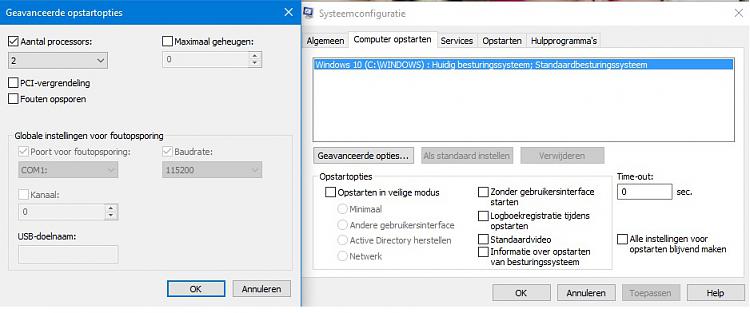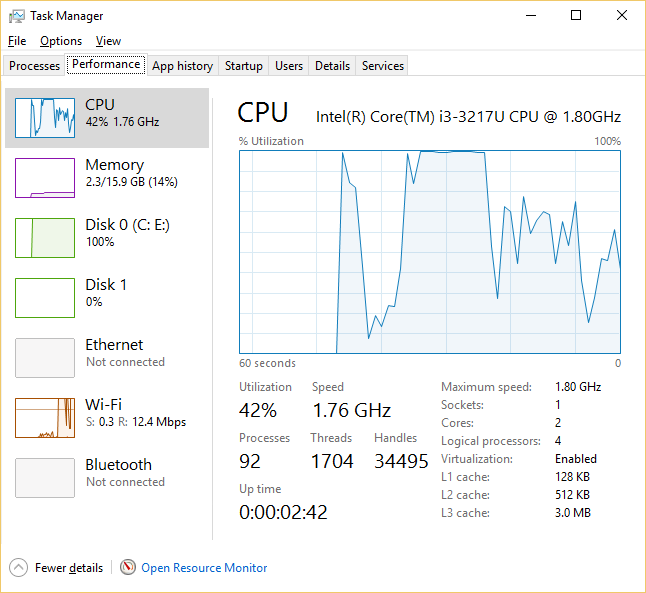

Start Cog through the App launcher the usual way you do with other apps. You can download and install it from the Chrome webstore. Diagnostics Chrome OS App Using Cog Chrome extensionĬog a Chrome extension that shows current system usage just like Windows Task manager.

It will show the current cpu and memory specs along with the current usage. To check your processor and memory usage, open the Diagnostics App using the App launcher, and then tap on System on the top left panel. Make sure you have the latest Chrome OS inorder to access the Diagnostics app. It however, also shows you system specs and run resource usage. You can run a number of tests to get the overall health of your Chromebook including battery tests, memory, processor and network/Wifi tests. The Diagnostics is meant to help you troubleshoot your Chromebook vitals. Now that you know the hardware specs of your Chromebook, how can you tell resource usage? I use two apps Diagnostics which is a built-in system utility and Cog which is a great Chrome extension. My Samsung Galaxy Chromebook Go for instance has 4GB of RAM and is powered by an Intel Celeron N4500 dual-core CPU. When it comes to processor, most budget Chromebooks come with Intel Celeron processors while the high-end models come with core i3 or i5 processors. Most Chromebooks come with 4GB of RAM and it’s usually not upgradable. You can find out from your Chromebook vendor’s product site or from the manual that shipped with your Chromebook. So most Chromebook ship with either Intel CPUs or ARM-based models.īefore you check for memory and processor usage, you should first know the hardware specs of your Chromebook. ARM is another big player, however, it instead licenses its Intellectual property to other Chipset vendors such as MediaTek, Qualcomm who produce ARM-based CPUs. The biggest CPU vendors are Intel and AMD whose architecture is based on x86-64. The higher the figure the faster your CPU is. The performance of the CPU is measured by how many cycles it can execute or calculations it can perform per second normally denoted as GHz (gigahertz). It’s a chip that coordinates tasks between the operating system, applications and processes. The bigger your memory, the faster your Chromebook runs.ĬPU (Central Processing Unit) is the brain of your computer. Say for instance you are in the middle of editing a photo and suddenly your laptop battery runs or you accidently restart your computer, all changes will be lost. It’s volatile because this memory doesn’t persist once you restart your Chromebook. RAM(Random Access Memory) is volatile memory which your computer uses to store running programs and processes.

Whether your Chromebook is running slow or you wish to know the hardware specs of your Chromebook, checking for RAM and CPU is a must know.


 0 kommentar(er)
0 kommentar(er)
